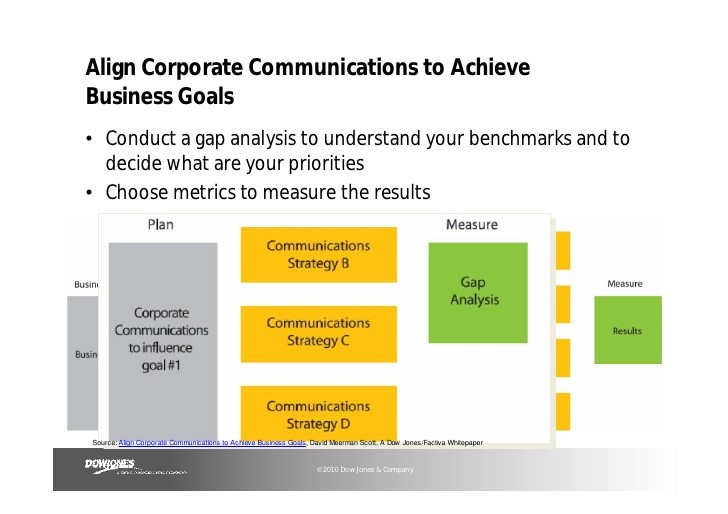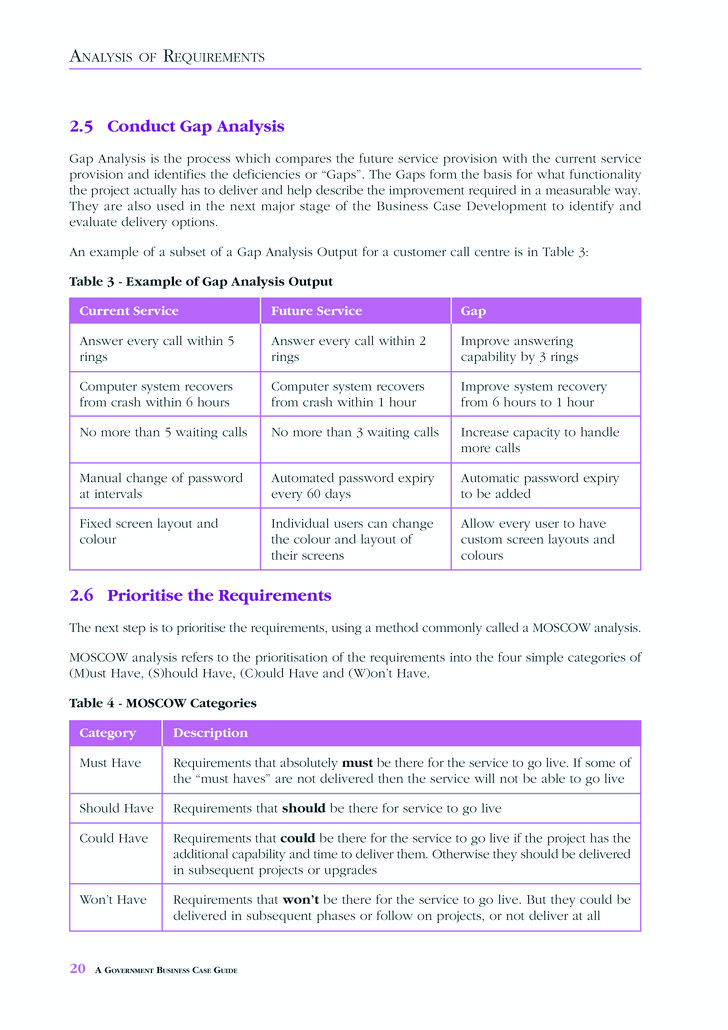Considering a Move Conduct a Gap Analysis First
Post on: 18 Май, 2015 No Comment

Advertisement
Changing firms or starting an independent wealth management practice is not easy and is something that must only be done after much introspection and investigation. But an in-depth gap analysis can be useful in this process. A gap analysis can help advisors determine if they are in the right place, if they should move, and if so, where they should consider moving to. We try to uncover what is frustrating or limiting and thus preventing the advisor from achieving his or her best business life. Are there solutions that could ameliorate most or all of these frustrations? Below is a template of the questions I ask in a gap analysis:
- What is frustrating you where you are today?
- How much do these frustrations impact you?
- To what extent does each frustration impact your ability to service your clients the way you want to, to grow your business and to prospect for new clients?

At the end of a conversation like this, I want to find out how much energy the advisor is willing to expend to fill the gap. If the gap is not large enough or too impactful, then the advisor should stay put. But, if at the end of the exercise it becomes clear that the gap is too large to bridge and the FA just wont be able to meet their goals at his current firm, then hopping into action and getting educated about the options that exist elsewhere would be wise.
Take Josh and Andrew, a west coast wirehouse team managing about $1 billion in assets for high-net-worth families. After connecting with me on LinkedIn, they asked to have a conversation about what was happening in the industry and how the landscape had changed.
During my gap analysis with them, we discussed their frustrations, including an inability to obtain competitive loan rates for their larger clients, restrictions on their use of social media, hyper-vigilant compliance culture and restrictions on conducting international business for multinational clients. On a scale of 1-10, the advisors rated how each of these frustrations truly bothered and to what extent these frustrations impacted their ability to serve clients and prospects.
We then discussed their short, mid and long-term goals. In the short-term, Josh and Andrew wanted to add another $500 million of assets. They believed this could be accomplished in less than 18 months. Over the four or five years, they wanted to bring on at least one more young advisor who could be their succession plan and double their asset base. But their office had not recruited a new advisor in several years, and they didnt know if they could make this happen at their current firm. As for their long-term objectives, they wanted to retire in some capacity within the next 10 to 12 years.
Josh, Andrew and I discussed the concept of independence. While they were intrigued by this notion, they realized they didnt have the entrepreneurial DNA to go down that path. They were comfortable working in a plug-and-play environment, where all of their technology, staffing and real estate needs were met.
After several meetings and rounds of due diligence, the team decided to join a large, multi-billion dollar, established RIA that could support their lending and product needs and provide them with an infrastructure. Also, they found an immediate succession plan for their practice that would tend to their clients in the same way they had always done. They were joining like-minded advisors who they could collaborate with on sophisticated issues that impacted their similar clients.
While a gap analysis might seem cumbersome to some, it is effective in the financial advisors evaluation and decision making process. Changing firms is a big undertaking. Certainly, you should avail yourself of a process that will help to not only provide you with answers, but more importantly, help you ask the right questions.














